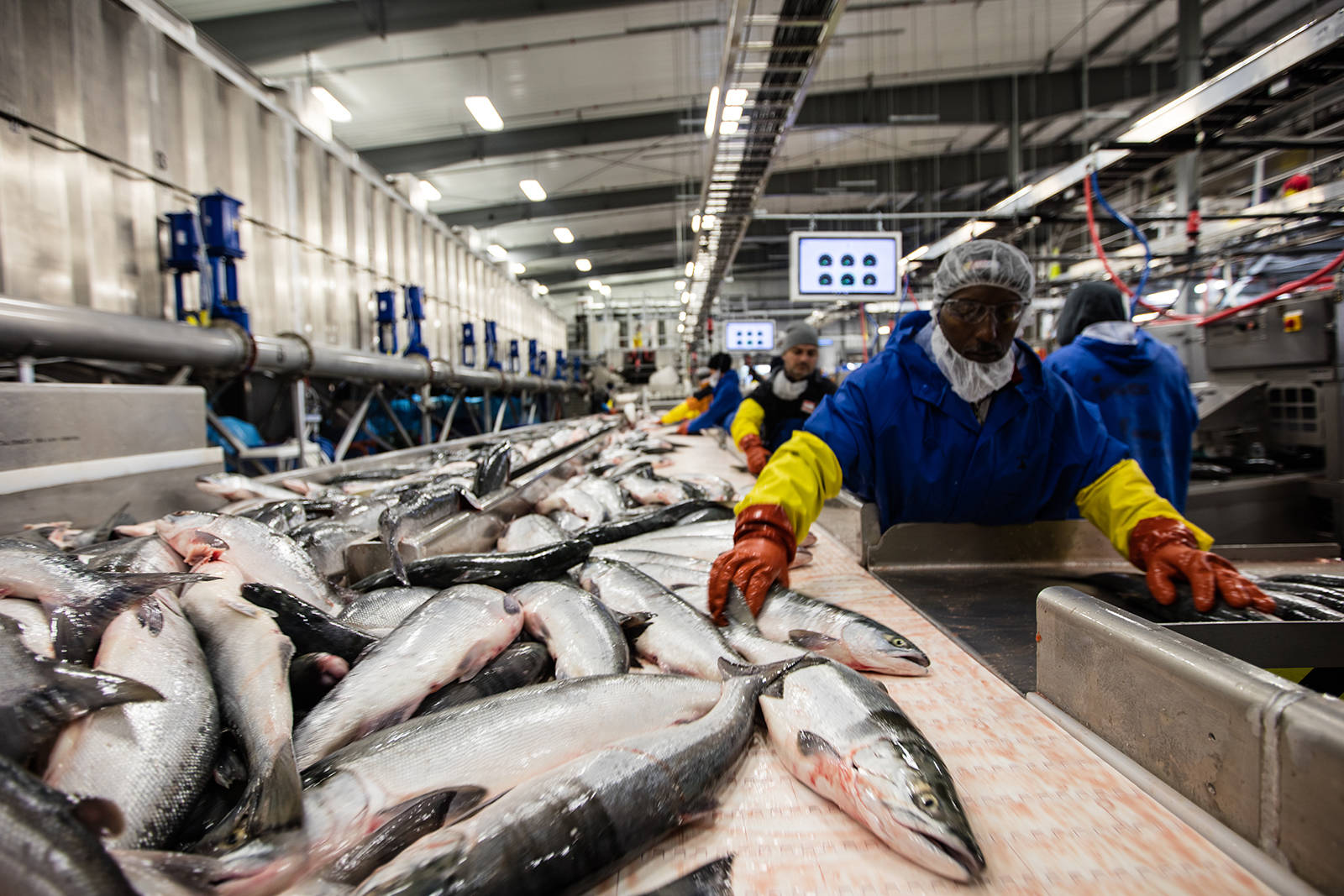This year, during the fishery’s second-largest harvest on record, Bristol Bay commercial fishermen hit another historic number: the 2 billionth sockeye salmon caught by commercial fishermen since record-keeping began in the late 1800s.
“It wasn’t supposed to happen this fast, but the last couple of seasons had huge returns,” said Nushagak/Togiak Area Management biologist Timothy Sands.
2019 was the fifth consecutive year that more than 50 million sockeye salmon returned to Bristol Bay.
In 2018, fishermen caught 41.9 million sockeye out of a record overall return of 62.3 million sockeye. In 2019, fishermen caught 43 million sockeye during a return of 56.5 million sockeye, meaning this year fishermen caught a higher percentage of the total return. (All rivers met their escapement goals — the amount of salmon swimming upriver necessary to ensure healthy future runs.)
2019 was also the most valuable all-salmon-species harvest. The preliminary exvessel value, or estimated dollar amount the harvest earned fishermen when they sold to a processor, is $306.5 million.
Some may remember Bristol Bay passing another “2 billion” marker in 2016. That was the 2 billionth overall salmon caught in the region.
The first billionth sockeye was caught in 1981 — the 98th year of Bristol Bay’s fishery. The Bristol Bay Economic Development Corporation (BBEDC) points out that the 2 billionth sockeye came just 38 years later, which means that the size of the average harvest has been much bigger in recent years than it was at the start of the fishery. For the first 98 years, up to the first billionth sockeye caught, Bristol Bay’s average annual catch was a little more than 10 million fish per year. For the last 38 years, it’s been about 27 million sockeye per year.
“I think it just speaks to the sustainability of the management system we have in place in Bristol Bay that after 136 years of fishing, we’re still having record runs and we’re able to sustainably harvest 2 billion sockeye salmon from the systems in Bristol Bay,” Sands said.
Scientists who study the Bristol Bay’s salmon attribute a large part of the area’s productivity to its diverse “portfolio” of salmon systems: some rivers may do well one year while others do well the next, depending on conditions. Just like an investment portfolio, diversity leads to overall better returns.
“Credit healthy habitat and clean water for this remarkable story of sustainability,” said Norm Van Vactor, CEO of the BBEDC. “That, a strong, science-based state management system, and the cooperation of fishermen and processors accounts for this long-term success.”
Mary Catharine Martin is the communications director of SalmonState, a nonprofit initiative that works to ensure Alaska remains a place wild salmon thrive.
Mary Catharine Martin is the communications director of SalmonState, a nonprofit initiative that works to ensure Alaska remains a place wild salmon thrive.

